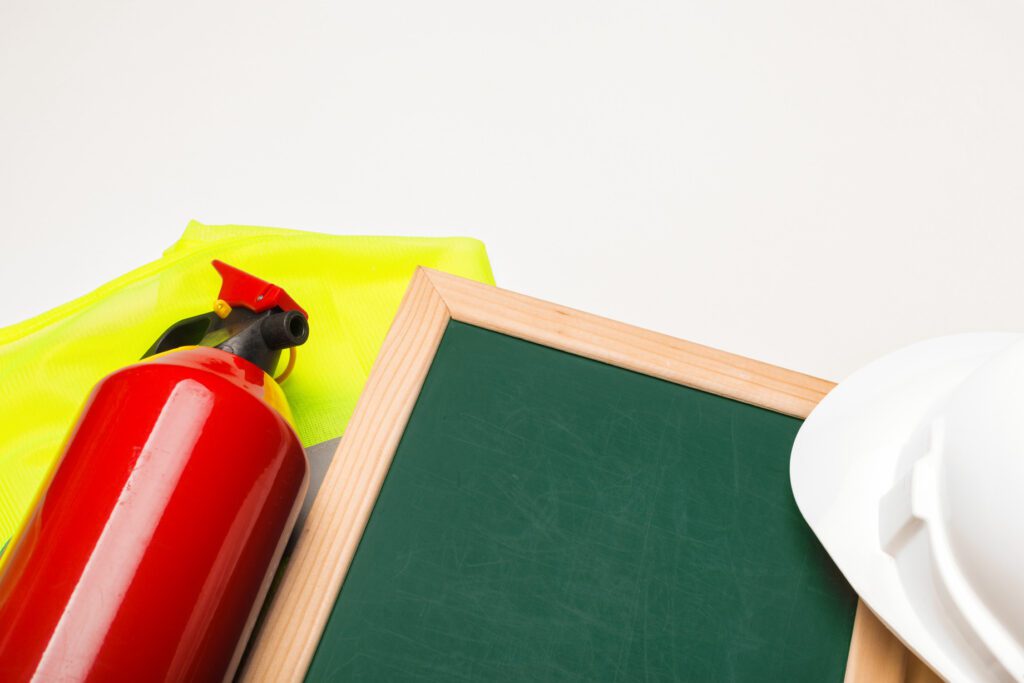Anyone who watches the news has likely already noticed that the frequency and severity of inclement weather events are both on the rise. As a result, more people than ever are facing natural disasters. Being prepared can make a sometimes-life-or-death difference, so don’t just assume that everything will continue to be OK because it has been so far. Take the time to put together a plan for how everyone will weather the increasingly severe storms facing much of the world.
Know What to Expect
Knowing what types of natural disasters are most likely to hit, and when, can help people across the country ensure that they are well prepared. The gear required to make it safely through a massive blizzard is very different than what’s needed to survive a tornado or an earthquake. Before investing in quality survival gear from a company like Prepared Bee, take the time to look into state and local recommendations for disaster preparedness.
Conduct Practice Drills
Families that know what kinds of natural disasters are most likely to hit their areas will also be better able to come up with contingency plans. The NIH recommends conducting practice drills for each type of possible emergency and designating an out-of-state contact person that everyone can get in touch with to report their whereabouts should they become separated. While any family, anywhere in the country, can benefit from performing fire drills, most threats are local to specific areas.
Put Together a Basic Supply Kit
Most experts recommend having enough food, water, and other supplies on-hand to maintain self-sufficiency for at least three days, but it’s equally important to put together basic supply kits. Keeping them in duffel bags or backpacks makes it possible to grab a kit and go in the event of an evacuation, so it’s important to include just the most essential gear. Every basic supply kit should include not just food and water but also:
· A first-aid kit
· A flashlight with extra batteries
· A hand-crank or battery-powered radio
· A whistle
· Dust masks
· Personal sanitation items like moist towelettes
· A manual can opener for canned food
· A pair of pliers to turn off utilities
· A cell phone with a backup battery and charger
· Matches in a waterproof bag
· Local maps
If anyone in the household takes prescription medications, they should include a backup supply in the emergency kit to cover at least a few days. An extra pair of prescription glasses or contact lenses may also be helpful. More complete kits packed for individual people can also include sleeping bags, complete changes of clothing, mess kits, a plastic sheet and some duct tape for sheltering in place, and other essentials.
It Pays to Be Prepared
There is no place on earth that is entirely immune to severe weather events, and Mother Nature does not discriminate when it comes to who gets targeted by storms. Every American family should have a disaster preparedness plan in place that includes where to find supply kits, how to navigate evacuation routes, and what steps to take to ensure safety when sheltering in place at home.




































